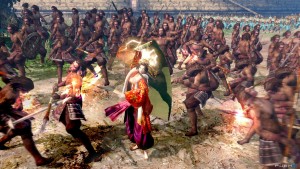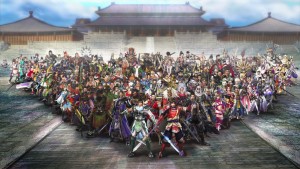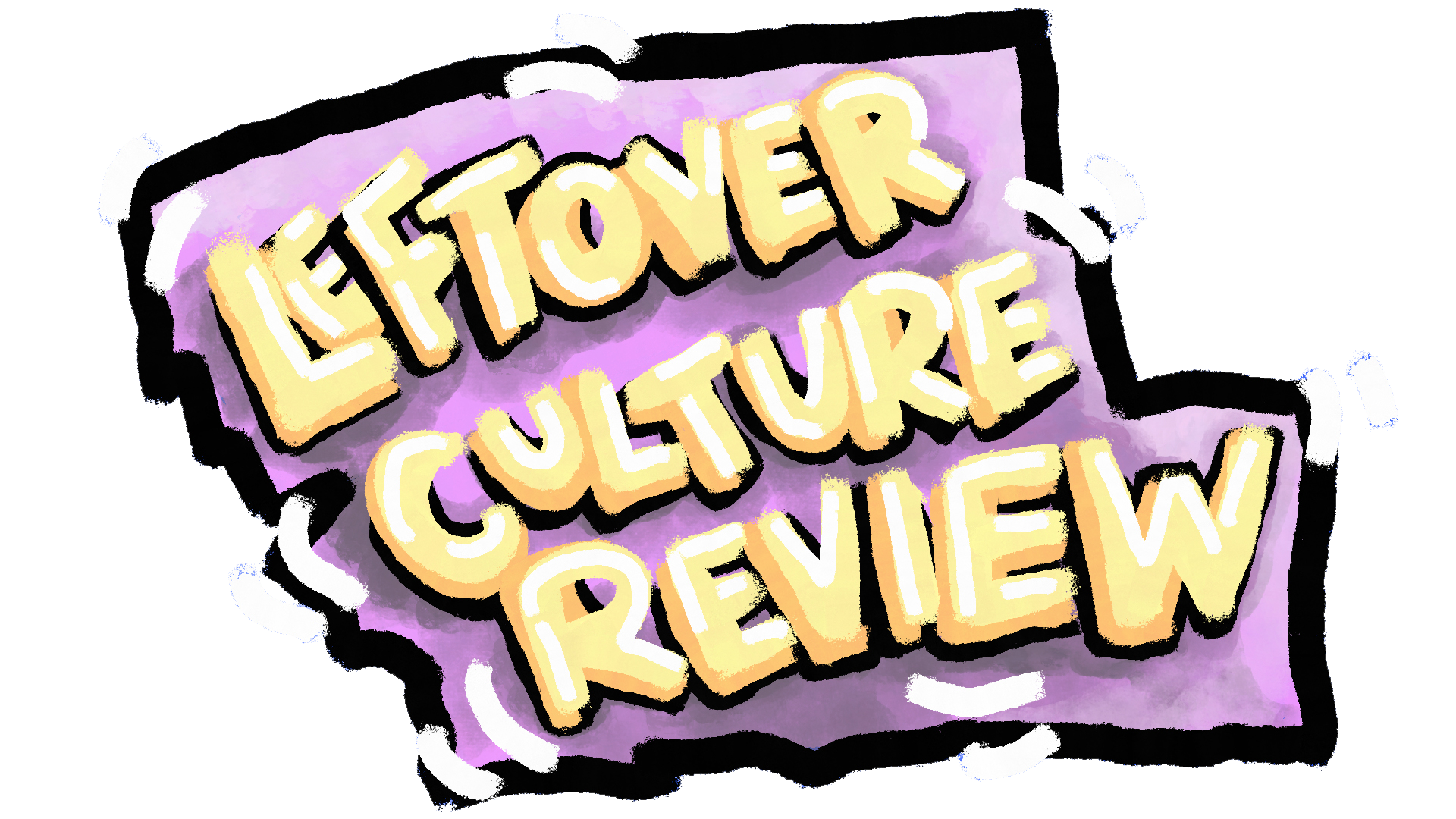Samurai Warriors vs Warriors Orochi 3
With the recent release of Dragon Quest Heroes, I thought it would be appropriate to look at how the traditional Warriors series has progressed. For those who don’t know, Dragon Quest Heroes is a Warriors title with the animation style and many tropes of the Dragon Quest franchise. I enjoyed the game quite a bit in spite of how mindless it could be at times. I think the reason I loved the game so much is not only due to my undying love of Dragon Quest games, but how it returned to the simpler, more humble routes of the Warriors franchise. So this spawned the thought of comparing the first Warriors game I played back in 2004, to a modern entry, and seeing how I believe the series has regressed.
For those who don’t know, the Warriors series are a bunch of hack ‘n slash games where you play as characters loosely, or sometimes closely, based on history/folklore in many parts of Asia. Especially in later entries in the series, you are plopped somewhere on a map and you have to run from spot to spot hacking away at hundreds to thousands of enemies. There isn’t a whole lot of variety. You just run around and slash, shoot, smack, smash, slap, kick, etc., your way to victory. It’s mindless, but it works and can be relatively fun.

So what’s changed in the franchise? Standard stuff with most franchises. Graphics are prettier, controls are tighter, there are more levels, characters, stories, attacks, customization options, weapons, etc. The core gameplay has remained untouched, there is just more of everything. To put into perspective how much more, in the time it took my brother and I to clear everything in Samurai Warriors, I haven’t even finished the basic story mode of Warriors Orochi 3 Ultimate; the story being the smallest part of the game. The games are massive, frequent and plentiful. For example, Dynasty Warriors 8 is across a number of gaming platforms and has the following games: Dynasty Warriors 8, DW 8 Xtreme Legends, DW 8 Empires, and DW 8 Xtreme Legends Complete Edition. All of those games were released within a couple of years of one another as well. It’s pretty crazy. Each entry continues to refine the formula and is bigger and better, so where could the regression possibly be?
The original Samurai Warriors game has a cast of around a dozen playable characters (Warriors Orochi 3 Ultimate Edition has around 150). The smaller cast means that you have to become familiar with each character a lot more intimately as you progress with their stories’. It is all the better that characters are referencing famous generals and warriors from the Sengoku period in Japan. Shingen Takeda is a reference to the great general who was considered a brilliant tactician. Yukimura Sanada is a reference to a warrior who was considered the best of the best in his fighting abilities. As you play through each character’s story, you get to know them a lot better and having the connections to actual history makes it much more enticing. The connection to the characters makes the game much more immersive and provides a stronger driving force to complete the game, which is the game’s greatest strength. I love the richness in history in some capacity. Without the story it just becomes a mindless hack ‘n slash, which is what has become of games later in the series.

Going back to Warriors Orochi 3, I don’t have any real connection with any of the characters in the story other than the few that I use because they are just stronger than everyone else. The story of the game has consistently been about ending one evil force, and there is very little development of characters otherwise. It just isn’t possible with a cast of around 150 characters. How is any sort of intimacy possible without the game taking an eternity to beat? The freedom of choice is nice, but it has become unwieldy. It has been reduced to mindlessly slashing with people who I think do it best. Which is all the more annoying considering the game’s length and lack of engaging difficulty. I couldn’t tell you what I last did in the game, or how it affects the end-goal of eradicating evil. The immersion is nearly vacant as I mash the same combo and clear massive crowds with Keiji Maeda. The experience has effectively been reduced to: Keiji smash good.
I have often been opposed to the increasing length and size of games for the very reasons described above due to the poor handling of them. It’s a part of the reason why I was not happy with Metal Gear Solid V (read about it on RetrowareTV), or Batman Arkham City (look for this in the future on the Leftover Culture Review), and it’s why I’m not happy here. Big games can be great, the Souls series and Bloodborne are perfect examples of large games done right. But it’s this monotony and lack of immersion that make most larger games so unfulfilling for me.
I hope that Dragon Quest Heroes returning back to the style of Samurai Warriors with the shorter story, definitive end, and smaller, but fleshed out cast, is a sign of things to come. It was refreshing experience that used modern updates, applied to an old, but solid formula. We need to games to be about quality, not quantity.
Check out more of Dan’s articles here
